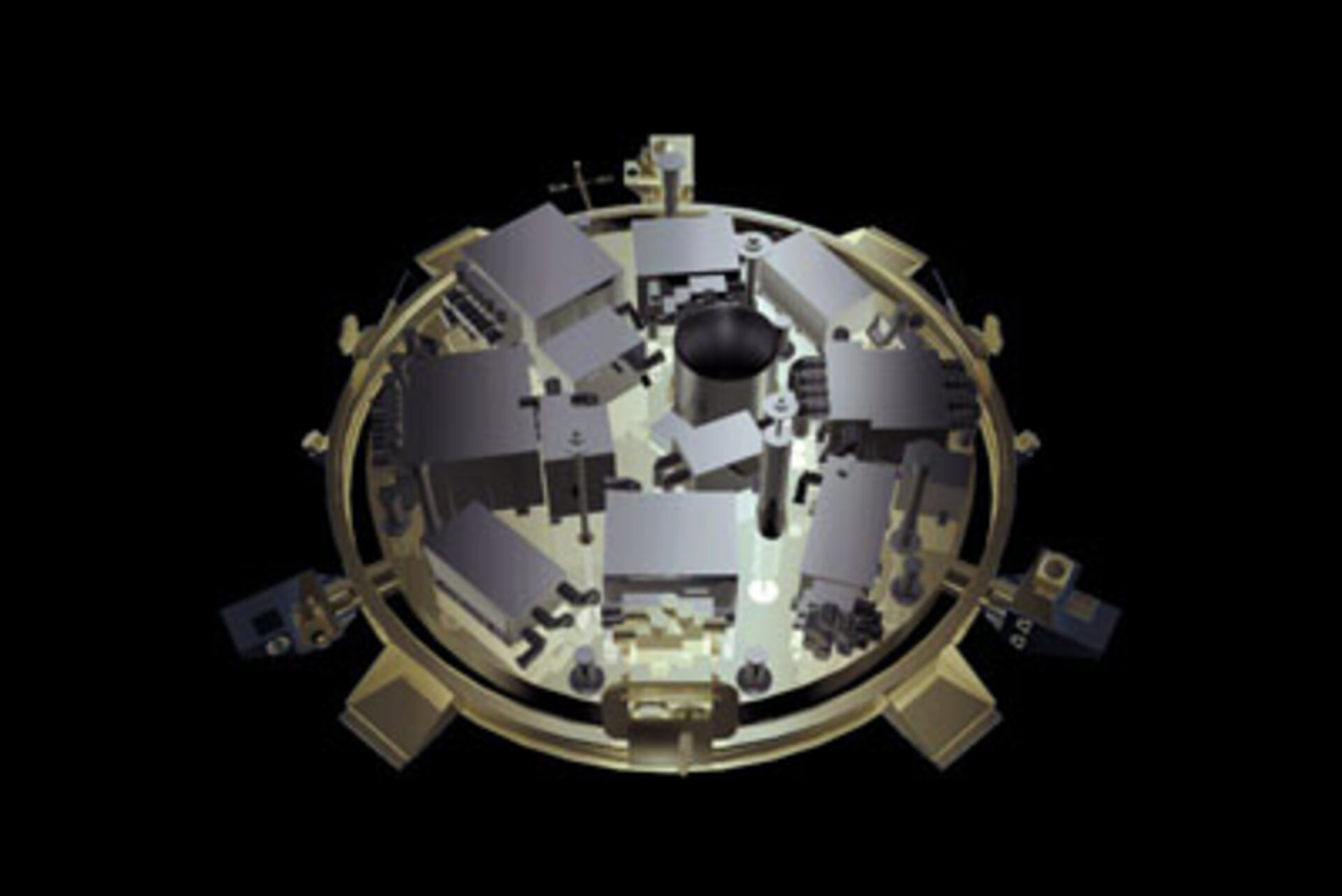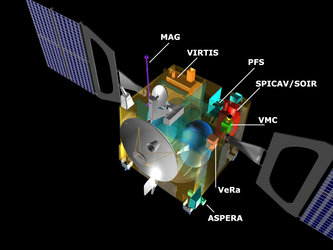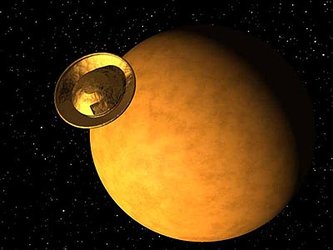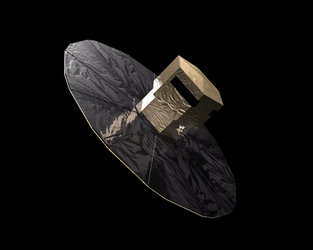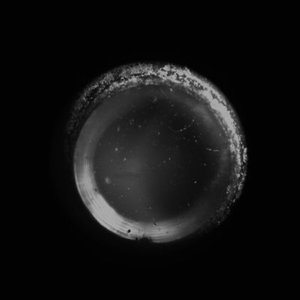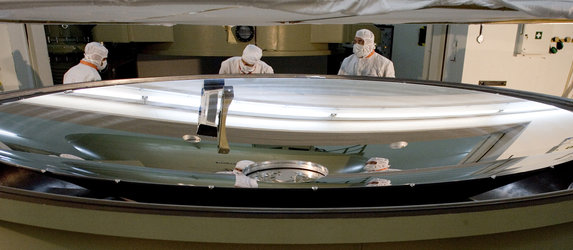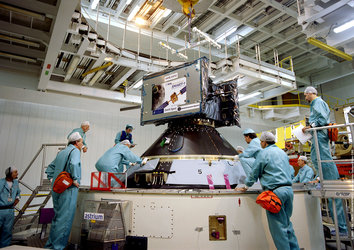Instruments
There is an important difference between instruments and experiments. Instruments are designed to study the Universe or the objects in it, by collecting the radiation they emit.
Such instruments are usually telescopes, cameras or detectors of some sort. Experiments, on the other hand, do not observe the Universe as such, but instead carry out a series of investigations that require the space environment to make them work.
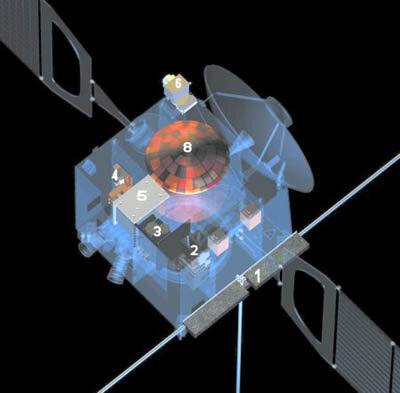
For example, on ESA’s Mars Express, the communications antenna will beam data and other information back to Earth. At certain times, the transmission will have to pass through the tenuous Martian atmosphere.
Scientists on Earth will monitor the way this affects the radio signal, in order to probe the planet’s ionosphere, atmosphere, surface and even its interior, based upon the way the planet’s gravity field distorts the signal.
In short, instruments passively collect data about the Universe, whereas an experiment investigates a phenomenon or object in a more proactive way.
The number of instruments and experiments that each spacecraft carries varies depending upon the mission and the size of the individual instruments.
One of the largest instruments ever flown on an ESA mission is the telescope on XMM-Newton. This measures around 8 metres in length, with the focusing mirrors held at the top of the tube, and the three science detectors themselves situated at the bottom, where the X-rays finally reach a focus.
Conversely, the AMIE camera on board ESA’s lunar mapper, SMART-1, is small enough to fit onto the palm of your hand.
The instruments and experiments together are known as the payload. Industrial and academic consortia in ESA Member States, and sometimes in other countries, usually build the payload.
They raise the finance to build their individual instruments and experiments from their own national governments.In some circumstances, such as with ESA’s star mapping mission Gaia, ESA pays for the construction of the instruments as well.


